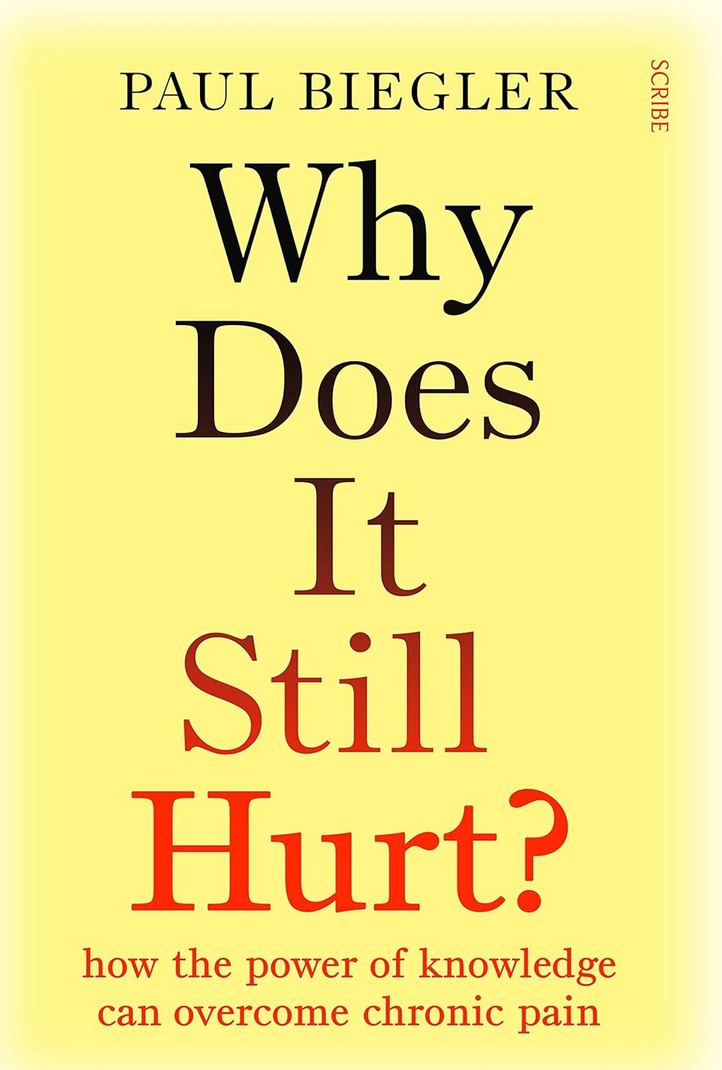In the dynamic field of physiotherapy, a transformative wave is reshaping our traditional approaches to pain and injury.
This evolution, termed "Back to the Body," represents a significant departure from past practices, integrating modern science's revelations with a renewed focus on the body's intricate signals.
As we delve into this shift, it's essential to appreciate the context from which we're moving and the promising direction in which we're headed.
The Traditional Paradigm: A Focus on the Physical
Historically, physiotherapy has been deeply anchored in a biomedical model, concentrating on the body's physical aspects—its joints, muscles, and tissues.
This approach, while foundational, often adopted a reductive lens, aiming to "fix" what was perceived as broken or misaligned.
Diagnoses frequently highlighted deficiencies: a "weak" core, "tight" muscles, or "improper" posture.
While these assessments were made with the best intentions, they inadvertently introduced a nocebo effect, where the negative framing of conditions could exacerbate patients' perceptions of pain and disability, sometimes with minimal relevance to their actual experience of pain.
The Shift Toward Mind and Emotion
The field's expansion to encompass beliefs, emotions, and the broader neurocentric model—largely influenced by the pioneering work of researchers like Lorimer Moseley and David Butler—marked a significant leap.
This phase brought to light the brain's integral role in pain perception, advocating for a more comprehensive understanding that transcends mere physicality.
However, this shift, for all its merits, occasionally led to an overemphasis on the psychological at the expense of the physical.
Patients sometimes felt their pain was being dismissed as purely a construct of the brain, leaving them feeling invalidated and overlooked.
"Back to the Body": A Holistic Reintegration
Today, we stand at the precipice of a new era, inspired by Bud Craig's insights into homeostatic emotions and the complex interplay between mind and body.
"Back to the Body" advocates for a return to a more integrated approach, where pain is recognized as an interoceptive signal—a cue from our body indicating a need for attention and care.
This perspective sees pain not as a mere symptom to be eradicated but as a critical piece of feedback within our body's attempt to maintain balance.
With advancements in technology—such as heart rate variability monitors, blood glucose tracking, and sensors for lactate and inflammatory markers—we're now equipped to decode the body's signals with unprecedented clarity.
This technological leap, combined with principles of load management as outlined by Tim Gabbett, empowers us to identify and respond to the body's cues more effectively, fostering an environment where positive adaptations are more likely.
Empowering Through Understanding
This shift towards an integrated mind-body model is about empowerment and education.
It's about guiding patients to tune into their bodies' messages, recognizing the signals of overload and stress.
It encourages a response to discomfort informed by understanding and mindfulness, rather than fear or the pursuit of immediate fixes.
This approach demystifies the sensations we've labeled as pain, reframing them as part of our body's broader context of response.
Moving Forward
"Back to the Body" heralds a return to physiotherapy's roots, enriched by our journey through the realms of psychology and neuroscience.
It's a call to embrace the body's complexity, leveraging science and technology to deepen our connection with ourselves.
As we chart this new course, we embrace a model of care that is both empowering and educative, one that places the patient's experience at the forefront of the healing process.
In doing so, we not only address pain more effectively but also foster a holistic sense of well-being.
Daniel O’Grady














